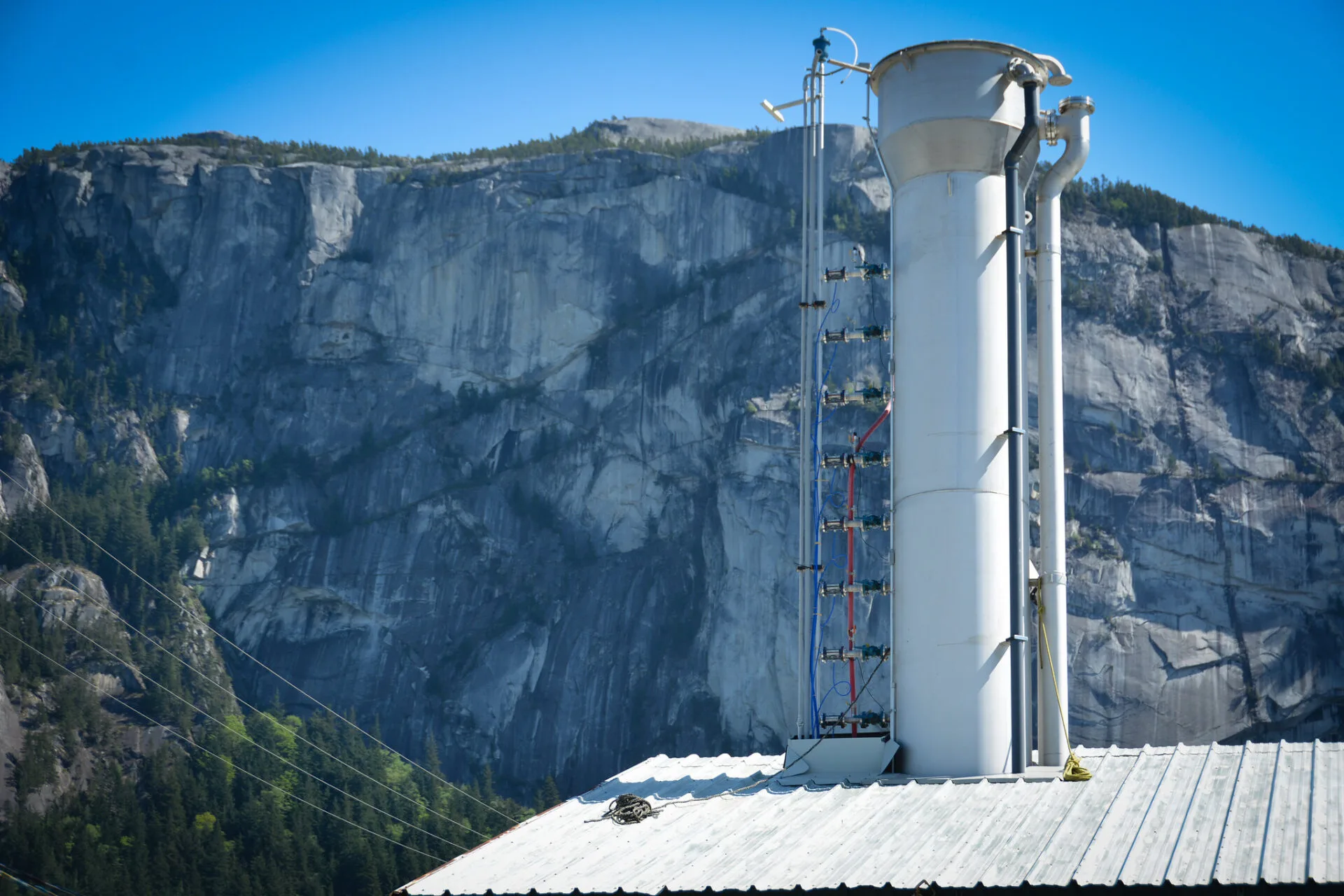I get that $500/t seems like an absurd price, but honestly that’s not wildly out of line with what the cost of emissions likely are
Even if we eliminate ALL emissions, we will also need some degree of DAC in the mix. You don’t fix an oil spill by closing the well. You close the well and then cleanup the spill. And if you wait to develop the technology to clean up the spill until after you closed the well, you’ve fucked up. It’s too late.
There’s a presumption in this kind of publishing that money spent on DAC necessarily is being pulled from other projects. If that’s true, that’s a disaster. But these DAC projects ALSO have to happen. They just have to. And the first and second generations of the facilities aren’t going to be very good – neither were solar panels.
deleted by creator
You’ve misinterpreted the article. $500/t is the total LCA per ton captured by the facility.
Oxy estimates that the project will separate 500,000 tons of carbon dioxide per year and cost about $1 billion to build. Adding in operations and maintenance, we, and others, estimate the total costs will be more than $500 per ton of avoided carbon dioxide.
You’re right, thank you.
Great then we just set the global carbon price at $500/t and remove it using this. If somebody finds a cheaper solution, then they can do that instead. Since the fossil fuel giants love CCS, they surely support it.
That would work. Not going to happen because the fossil fuel giants don’t actually support it; they support using enough DAC to make a big PR splash, not 100% abatement.
Oxy estimates that the project will separate 500,000 tons of carbon dioxide per year and cost about $1 billion to build. Adding in operations and maintenance, we, and others, estimate the total costs will be more than $500 per ton of avoided carbon dioxide.
As a point of reference, if you replace a 10mi/16km drive to work with a bicycle commute, per year you’d save 356kg of CO2. Source
In other words, that’s $1 billion to remove as much carbon as 1.4 million people replacing a drive to work with a bike ride to work and $250 million dollars in each subsequent year.
Edit: Another comparison is that running that carbon capture facility is equivalent to offsetting 0.134 coal plants in one year. It is much, much cheaper to invest in renewable energy and reduce car dependency than to spend on carbon capture.
Mind you, that $1 billion covers the cost of building the facility, not the cost of operating it.
deleted by creator
Removed by mod
Not at all. At $500/t the 1.4million people would not emit $262.5million worth of carbon.
Sorry, I’m not following what you’re disputing with the “Not at all” or where the $262.5M figure is from.
All I was comparing is that for $1B it removes as much carbon as 1.4M people riding a bike to work per year which is expensive when put in perspective. Granted, the upkeep after that is 500k tonnes x $500/t = $250MM/year. However, that’s still an absurd amount of money to do what a sliver of the population riding a bike can do.
This is fine as an addition to transitioning to renewables, however the funding and advocacy for carbon capture has come from oil companies from the beginning and it is used as a cost of doing business instead of investing in renewables.
The $500/t is the total cost of building and operating the plant. So it includes the $1billion construction cost. So 1.4million people would not emit $262.5million/year, which is a lot of money, but also it is not insane. It is only $1.14/l of petrol to remove the CO2 from emitted from the atmosphere again. US cost per of petrol it $0.91/l so we would talk about $2.05/l. Price in the Netherlands is at $2.08/l today.
deleted by creator
I read somewhere that you could pump CO2 into a saline aquifer and have it stay there indefinitely. Should we be capturing the CO2 from breweries and doing this? Ethanol fuel production? I mean all these plants are doing direct air capture already. If we just route the off gassing underground it would seem like a cheap way to leverage existing technology.
There are several ways to store CO2 underground, of which the mechanism you describe is one. There remain issues with getting the CO2 from the places you describe to geologically suitable locations.
Above and beyond it, what you’ve described and the high cost of doing it, this is what we end up with:
Fifteen CCS facilities are currently operating in the United States. Together, they have the capacity to capture 0.4 percent of the nation’s total annual CO2 emissions. An additional 121 CCS facilities are under construction or in development. If all of them were completed, they would increase the nation’s CCS capacity to 3 percent of current annual CO2 emissions.
Those percentages are small in part because CCS is generally used in sectors that have the lowest costs for capturing CO2—such as natural gas processing and ammonia and ethanol production—and those sectors account for a small share of total U.S. CO2 emissions. Almost all CCS facilities recoup some of their costs by using the captured CO2 to force more oil out of partially depleted oil wells.




